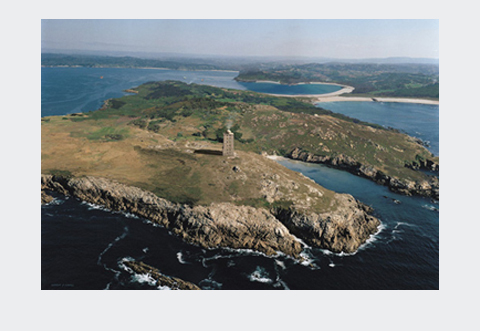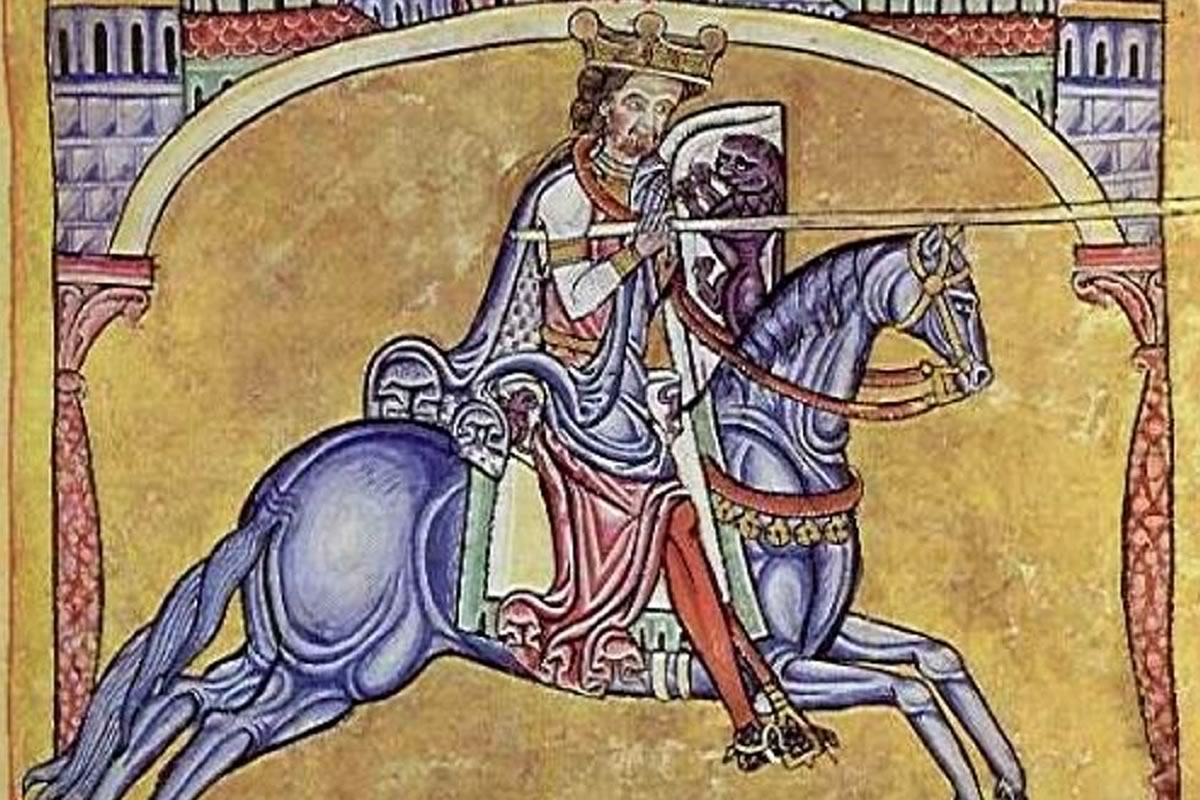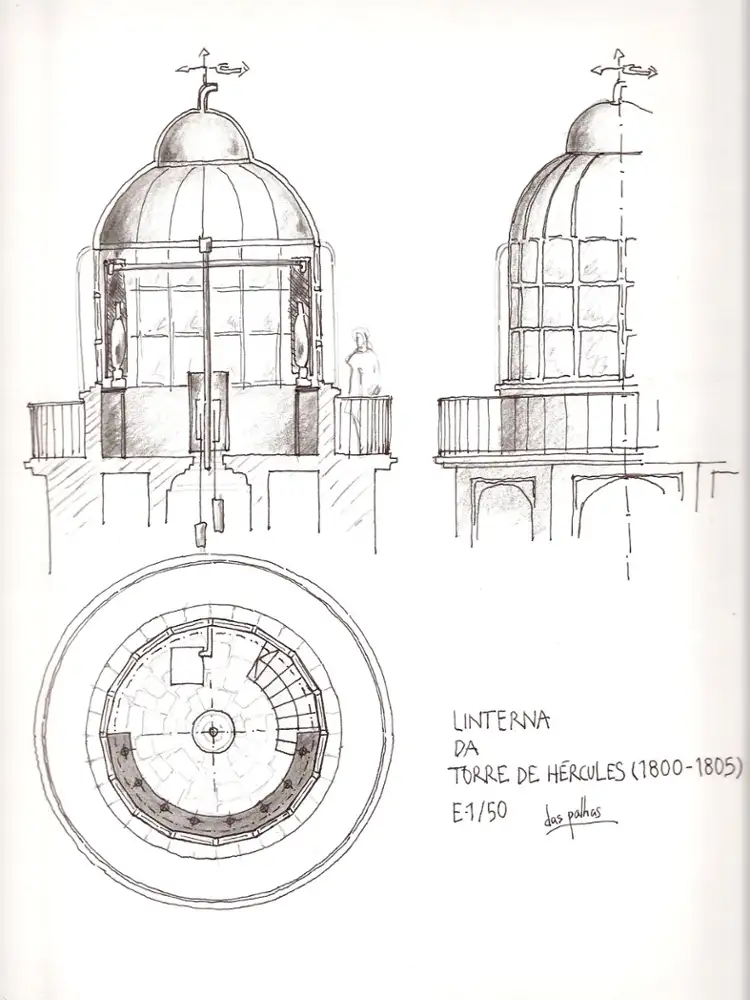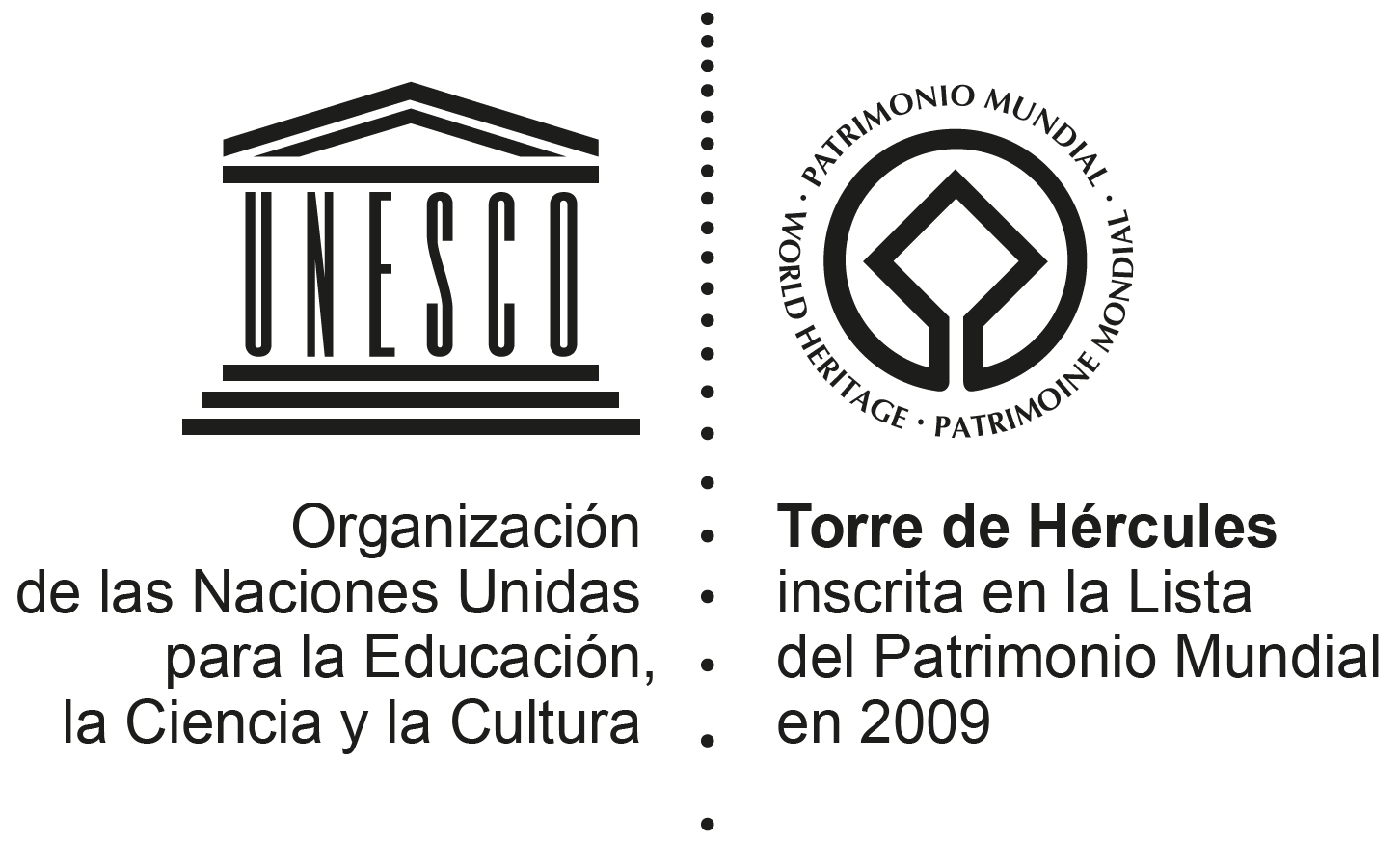The Middle Ages

During the early Middle Ages, the lighthouse entered a long period of abandonment, ravaging and ruin. The decline of the Roman Empire and its commercial networks meant the decline of the great maritime routes, which gave way to intense low-tonnage coastal navigation in inland waters such as the Galician rias.
At this time, it is possible that the lighthouse no longer shone on the horizon, but its mere presence on the peninsula where it stands was enough to make it an imposing daytime landmark for navigators to orient themselves when they entered the port of A Coruña. Such must have been its importance that, from very early times, a series of place names such as Farum Brecantium, Farum Pregantium or simply Faro appear in connection with the remains of the lighthouse. Moreover, from the 9th or 10th century onwards, the ancient town of Brigantium was renamed Faro, proof of its continuing importance.
During the Norman invasions, references to the lighthouse are recorded on several occasions. Specifically, the Chronicle of King Alfonso III mentions a battle in 846 in which the Asturian troops defeated the Norman forces at Farum Brecantium. Other similar allusions are recorded in later accounts.
Due to external threats and the decline of port and commercial activity, Brigantium declined to the point of near disappearance as the population moved to a safer settlement, Burgo del Faro, located at the end of the estuary, in the present-day municipality of Culleredo, an area protected from possible external attacks. At that time, the remains of the lighthouse functioned as a watchtower with a strong military and defensive character.









